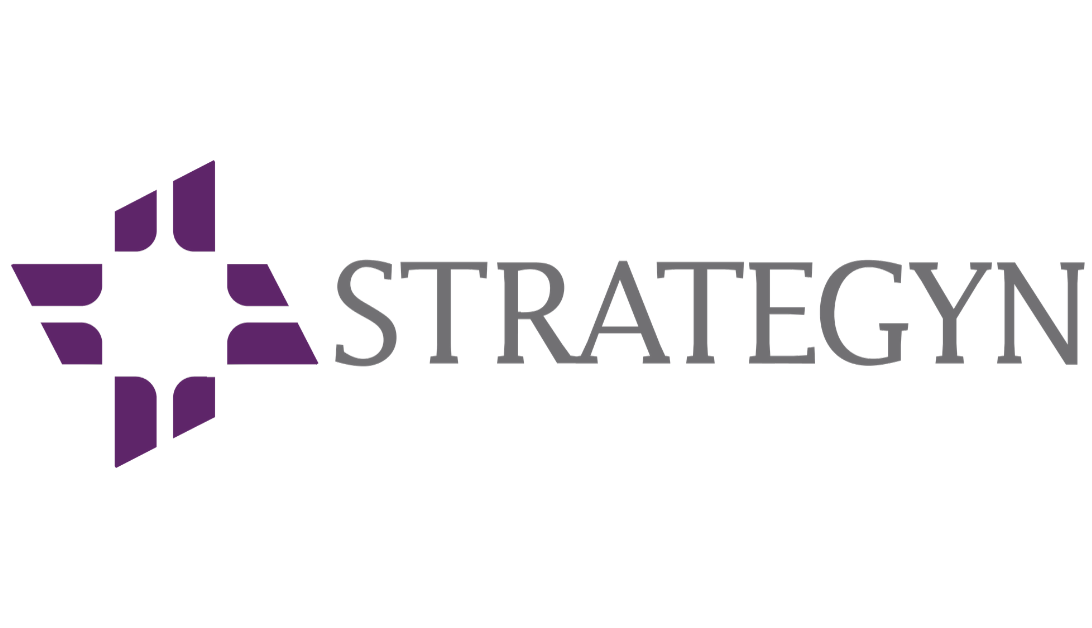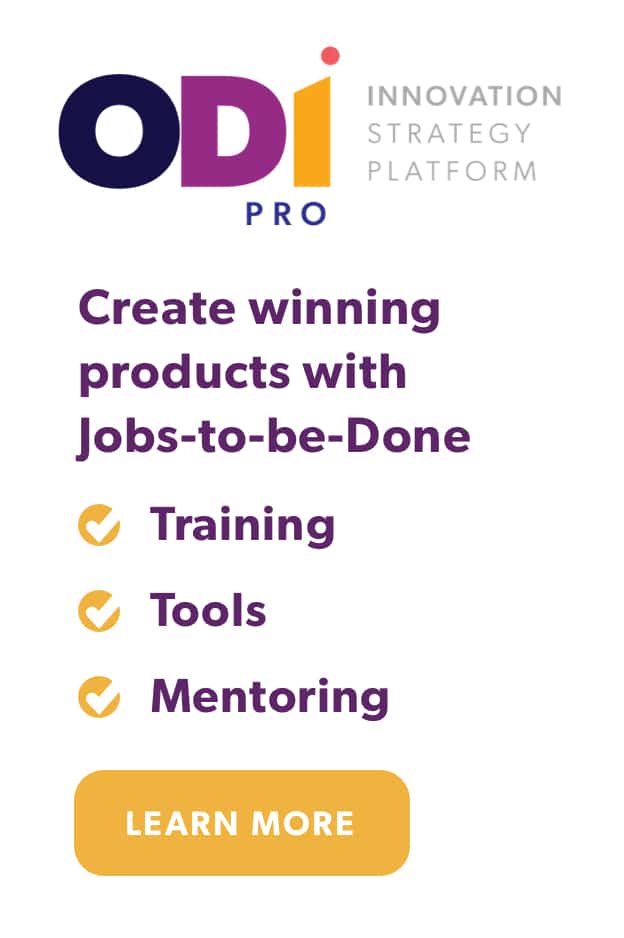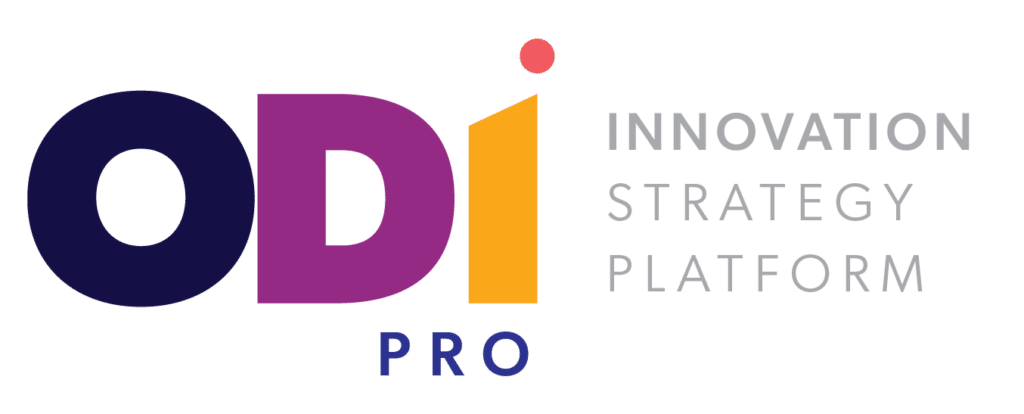Success in innovation doesn’t come from understanding the customer. It comes from a deep understanding of the job the customer is trying to get done. After all, it is the need to get a job done that causes customers to buy a product or service in the first place. The first challenge that companies face when trying to understand the customer is defining the job-to-be-done.
Over the past 21 years, we have developed a set of rules that we follow to define the job correctly. It is a prerequisite to turning our jobs-to-be-done thinking into practice. Here are three of the dozen or so rules we use to get it right:
1. We think about the job from the customer’s perspective, not the company’s. For example, a company that supplies herbicides to farmers may conclude that growers (the job executors) are trying to “kill weeds”, while the growers might say the job-to-be-done is to “prevent weeds from impacting crop yields”.
2. We think big; to encompass the entire job, not just a piece of it. A narrow focus can hurt a company because customers are looking for products and services that help them get the entire job done better. For example, a company could focus on helping a grower “prevent weeds from impacting crop yields”, but they may want to consider helping them get the entire job done, which is to “grow a crop” .
3. We define a market around a functional job, not the emotional goals that accompany it. A company that offers a product that “prevents people from getting lost when driving” would do themselves a disservice to conclude that their customers are hiring their product to “achieve peace of mind”. A focus on “peace of mind” will not deliver the insight that’s needed to better prevent people from getting lost. Knowing the customers’ accompanying emotional jobs is helpful, of course, but only when it comes to positioning and messaging, not innovation.
With two decades of experience, we are the best in the world at defining the job-to-be-done at the right level of abstraction. Learn about additional examples of jobs-to-be-done theory and our innovation process, Outcome-Driven Innovation (ODI).





